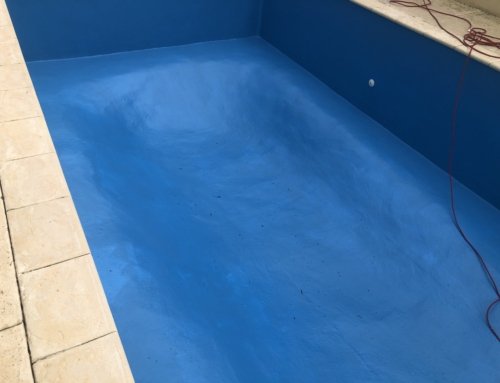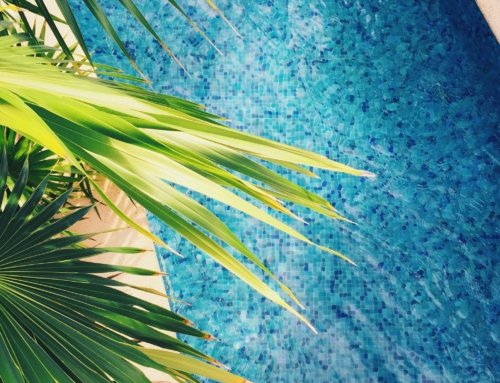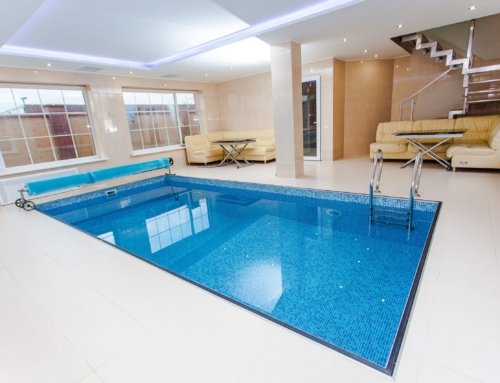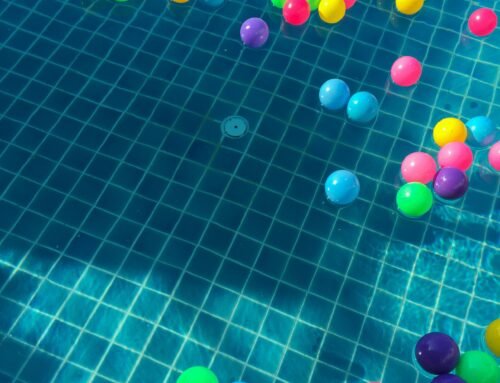When renovating your swimming pool and surroundings take into consideration changing the plants to suit the new poolscape. It is a great opportunity to transform your pool area and reduce maintenance on the pool. A newly renovated pool can be uplifted with an improved surrounding garden. Here are six things to consider when selecting the plants for your backyard and swimming pool renovation.
- Choose plants that are chlorine-resistant.
In fact, chlorine and salt pool treatments don’t hurt the vast majority of plants. But to be safe and keep plants from getting splashed by accident, leave at least a metre of space between the plant or grass and the pool. This will also make pool cleaning much easier. Among the plants that are very resistant to chlorine are:
Honeysuckle, ivy, rosemary, and Chinese hibiscus are some of the plants that go well with palm trees, rose laurel, Korean velvet (Mascarene), and “no mow” grass.
Keep in mind that there are alternatives to chlorine that may be used to purify the water in the pool if any of your clients are concerned about the wellbeing of the plants in their immediate environment.
- To get rid of fallen leaves, replace deciduous trees with evergreens.
Planting evergreens and other types of hardy perennial flowers adjacent to swimming pools is a smart idea. By doing things in this manner, you won’t have to waste time picking up organic trash in the water, and your filtration systems won’t become clogged. The following types of plants are essential for homeowners, considering the current trend towards low-maintenance gardens. Beautiful, tiny conifers such as thuyas and juniper; ground-covering plants such as spindle; African white lilies; and some varieties of hibiscus.
3.Make sure to use plants that ward off unwelcome insects.
Nobody wants to face the risk of being bitten by insects when they are jumping into the water. If your client would like to have these unwelcome guests, you can recommend certain things, such as peppermint, an intensely fragrant lemon basil and lemongrass, and marigolds, which attract beneficial insects but drive away all other types of insects.
The most effective method for getting rid of pest insects is to divert their interest in something else. If your clients put flower beds far away from their swimming pools or build other water features like fountains or ponds, they can swim without worrying about destroying the biodiversity in their gardens. They will also be doing something good for the environment. A solution that benefits everyone. Pool-side barbecues will be much more fun!
- Tailor your selection of plants to the direction in which the pool is facing.
To get the most out of the sun, swimming pools often face directly south. And if they are in areas with hot weather, it is very important to choose plants that can handle both high temperatures and lack of water during droughts. This will guarantee that the pools remain pleasant throughout the whole year. For this reason, plants native to the Mediterranean region, such as pelargoniums for their vibrant colours; pennisetum grass with its graphic leaves; lavender for its aroma and the manner that it entices bees; some types of palm trees for contributing to an ambience reminiscent of the Mediterranean; and
Add carefully chosen pool surrounds to the plants to change the look of pool beaches.
- Opt for plants with shallow root systems, such as shrubs and trees.
Certain plants can produce root systems that are large enough to fracture the walls of pools. You need to be aware of the sort of rooting that trees and shrubs have in order to make an informed decision about which ones to plant next to pools. In order to maximise the quantity of sunlight that you receive, large trees should never be planted near swimming pools. Favour plants with tiny, spherical roots or vertical root systems, such as the following: trees, as well as a variety. There are lots of hawthorns, lilacs native to Japan, and beautiful cherry trees.
- The best plants for the area around the pool give you privacy without putting the safety of the pool at risk.
Every customer wants to make sure that their swimming pool is hidden from curious onlookers. Hedgerows, shrubs, and other view-blocking plants are essential components of pool landscaping. But you shouldn’t let garden plants block the view of the pool from inside the house or from the terrace, especially if kids will be using those places. Use ground-covering plants, perennials, or small bushes to make different areas and let more light into the area around the pool.






